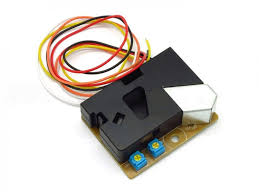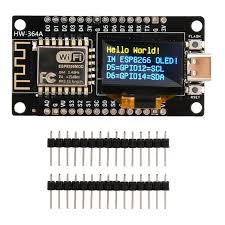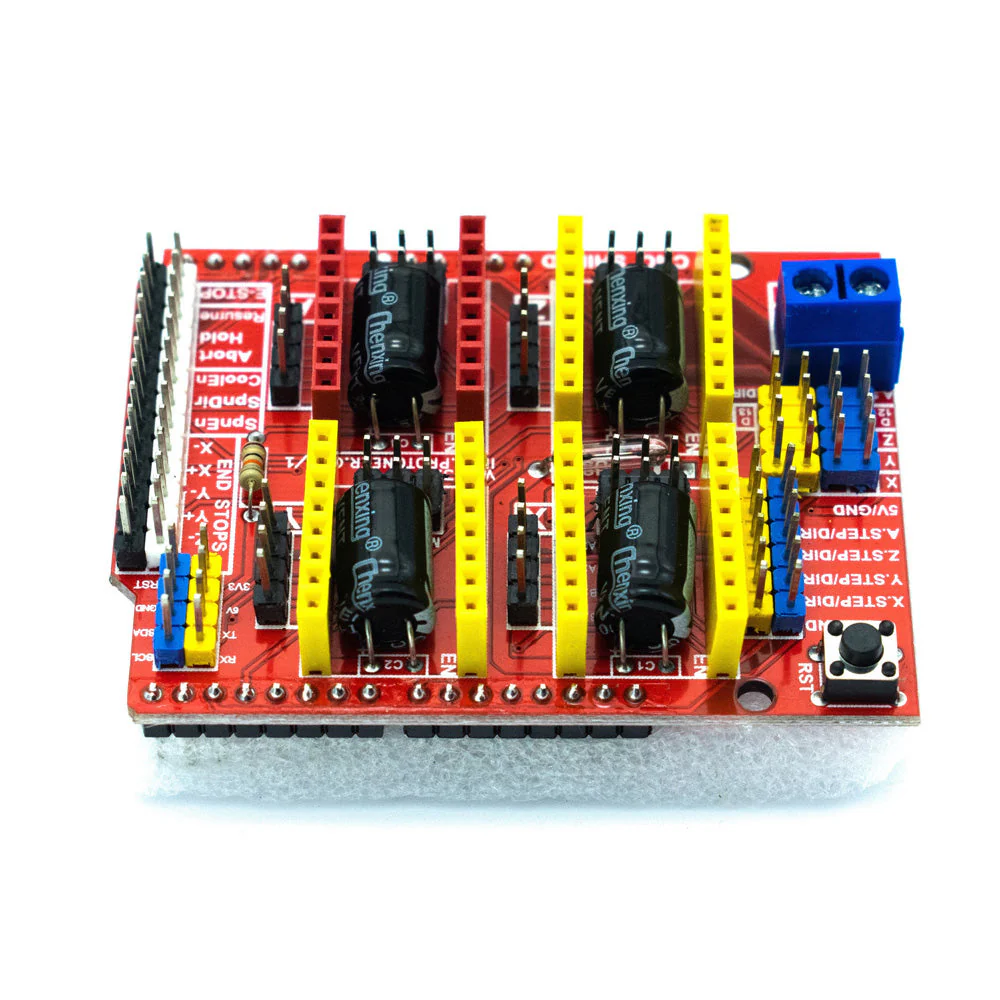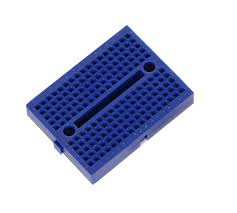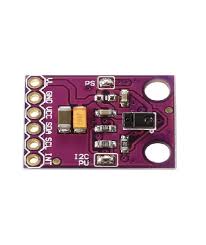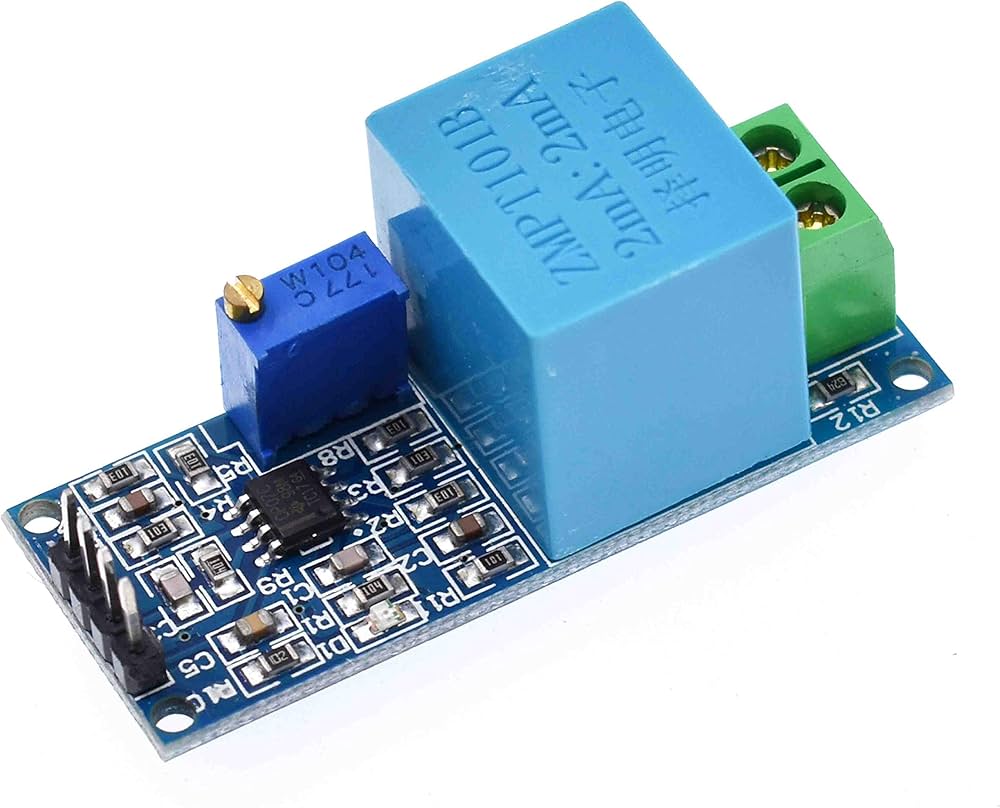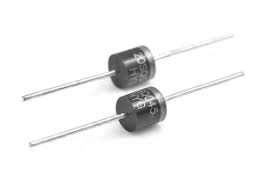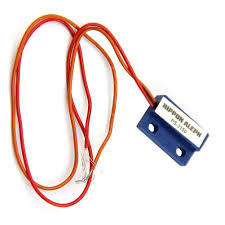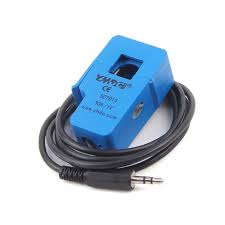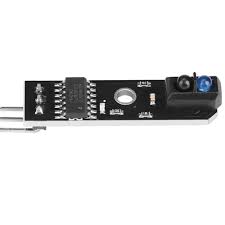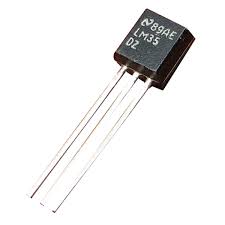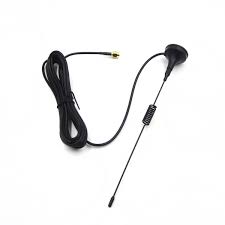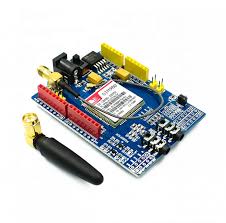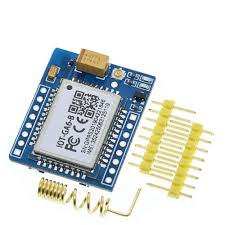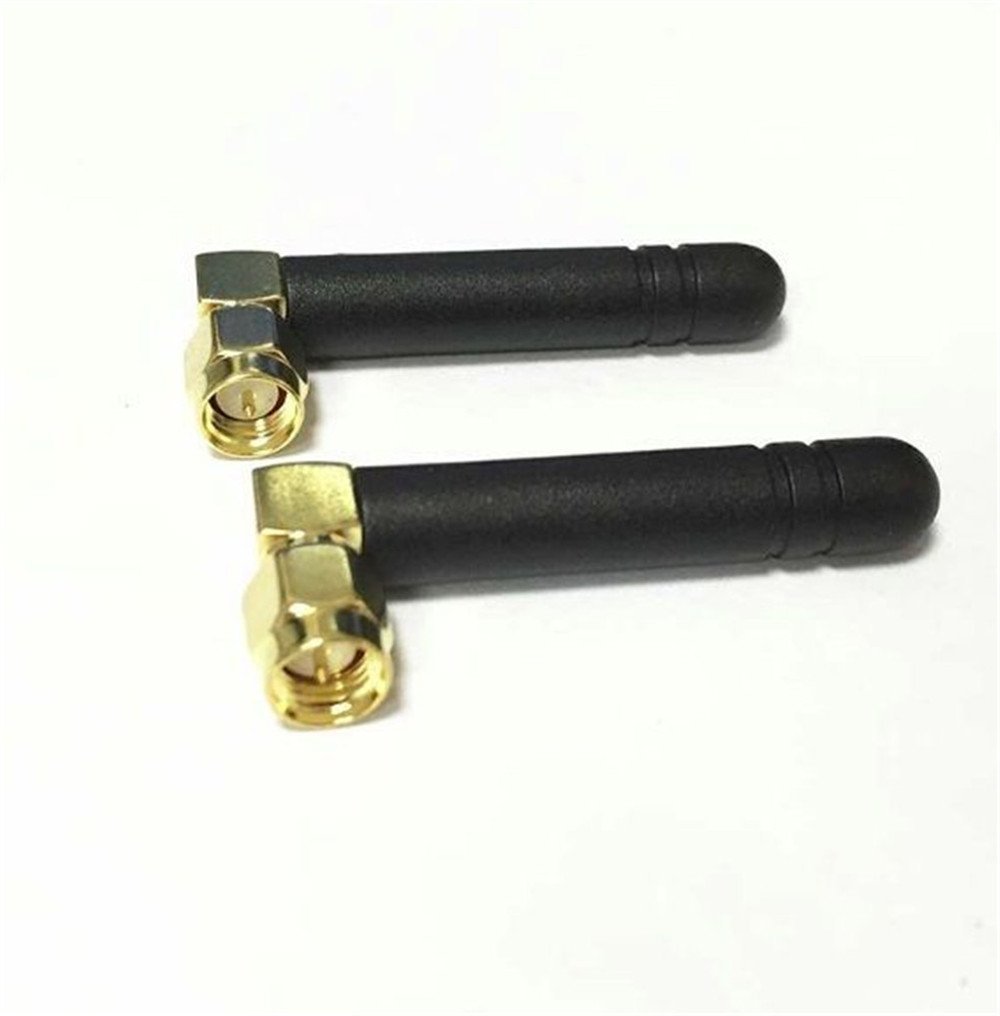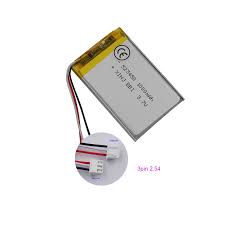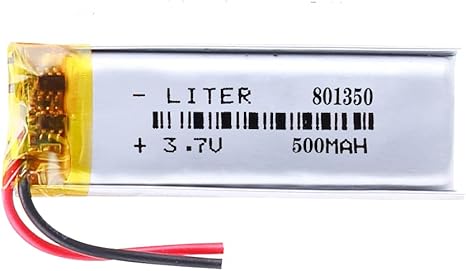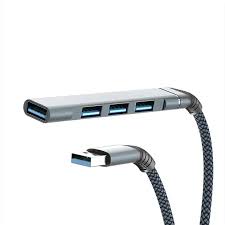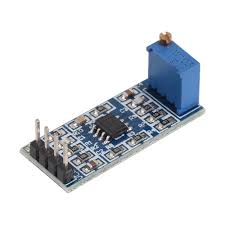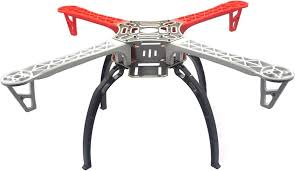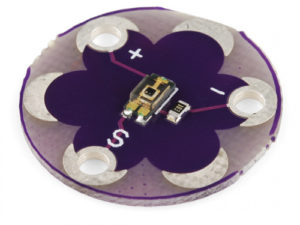
LilyPad Light Sensor module COM31
The LilyPad Light Sensor module is a small, sewable sensor board that measures the ambient light in its environment. It is designed to be used with LilyPad microcontrollers and can be easily integrated into wearable and e-textile projects.
The module uses a photocell to detect light levels and outputs an analog voltage that can be read by the microcontroller. This allows you to create interactive clothing and accessories that respond to changes in light
To test the LilyPad Light Sensor module, you can follow these steps:
- Connect the LilyPad Light Sensor module to a LilyPad microcontroller using conductive thread or soldering the connections.
LilyPad Light Sensor LilyPad Microcontroller Module (LPSM) (LM) VCC -------------- VCC GND -------------- GND SIG -------------- A0
- Write a simple program for the microcontroller to read the analog voltage output from the light sensor module.
// Define the analog input pin to which the light sensor is connected
const int lightSensorPin = A0;
void setup() {
// Start serial communication for debugging
Serial.begin(9600);
}
void loop() {
// Read the analog voltage from the light sensor
int sensorValue = analogRead(lightSensorPin);
// Print the sensor value to the serial monitor
Serial.print("Light sensor value: ");
Serial.println(sensorValue);
// Wait for 1 second before taking the next reading
delay(1000);
}
- Upload the program to the microcontroller and power it up using a suitable power source, such as a LilyPad power supply
- Expose the light sensor to different light conditions. You can do this by shining a flashlight on it, moving it to a darker area, or covering it with your hand to block the light.
- Monitor the readings from the light sensor module using the microcontroller. You should see the analog voltage output change in response to the varying light levels.
- You can also use a multimeter to directly measure the voltage output from the light sensor module to verify its functionality.
Frw 3,500
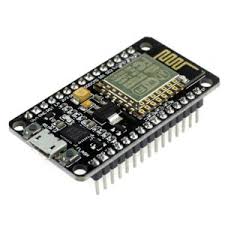



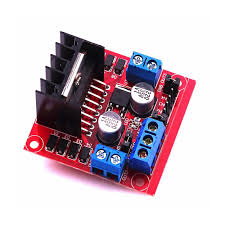

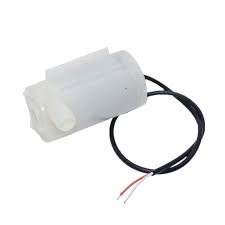


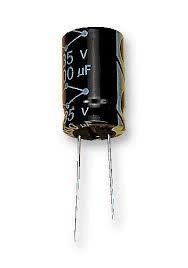

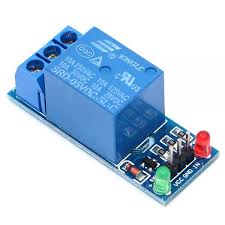

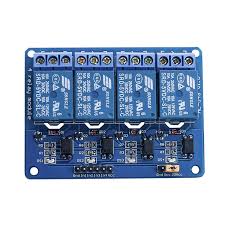

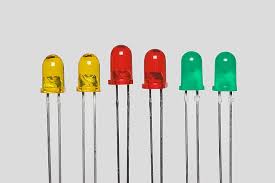


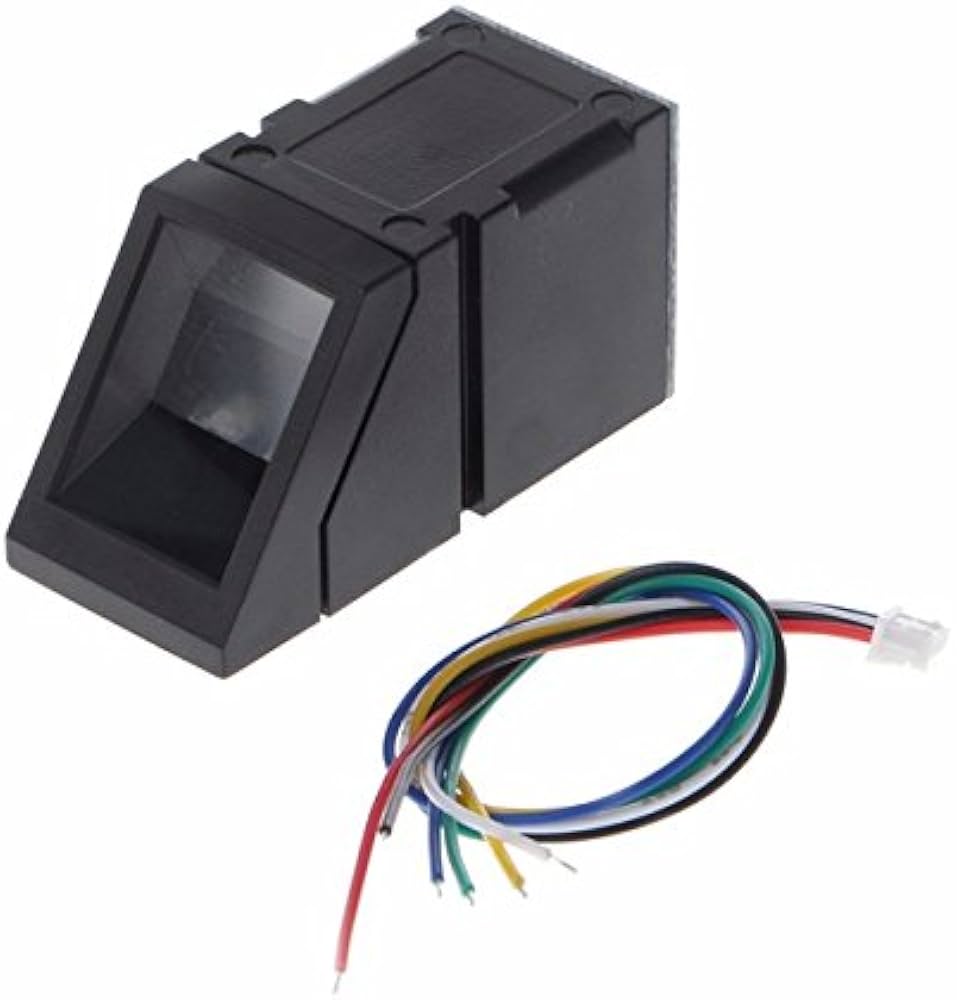
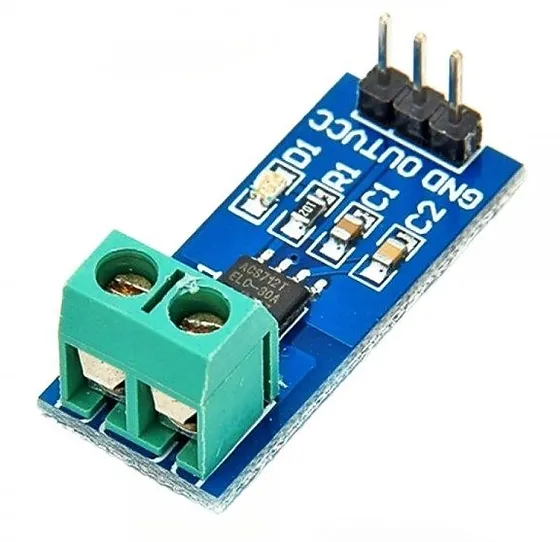

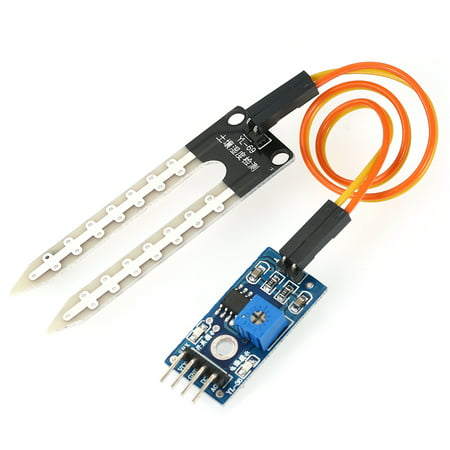
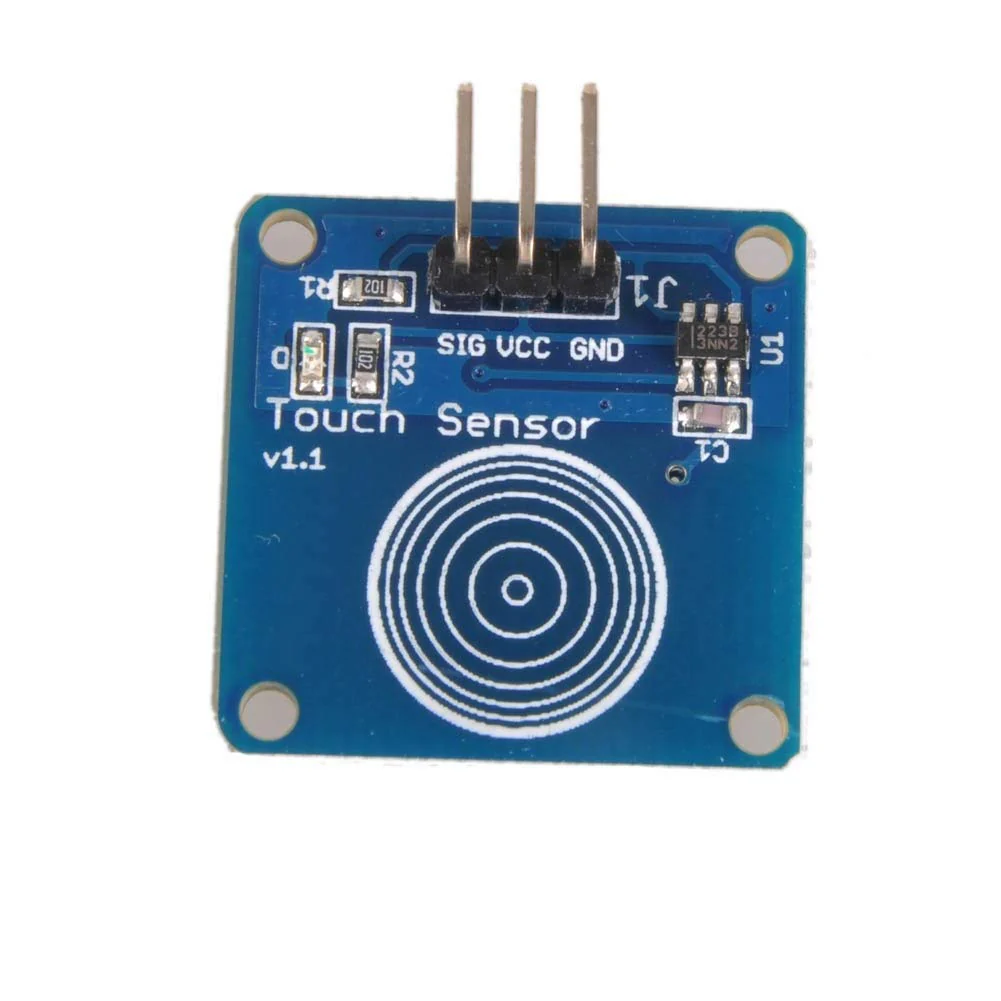

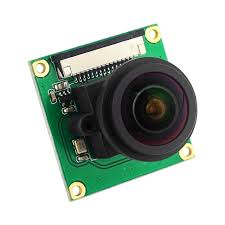
.jpeg)

